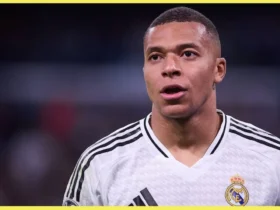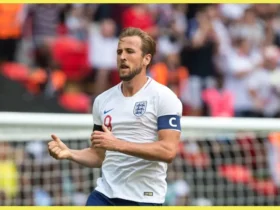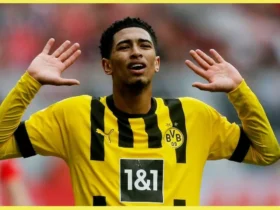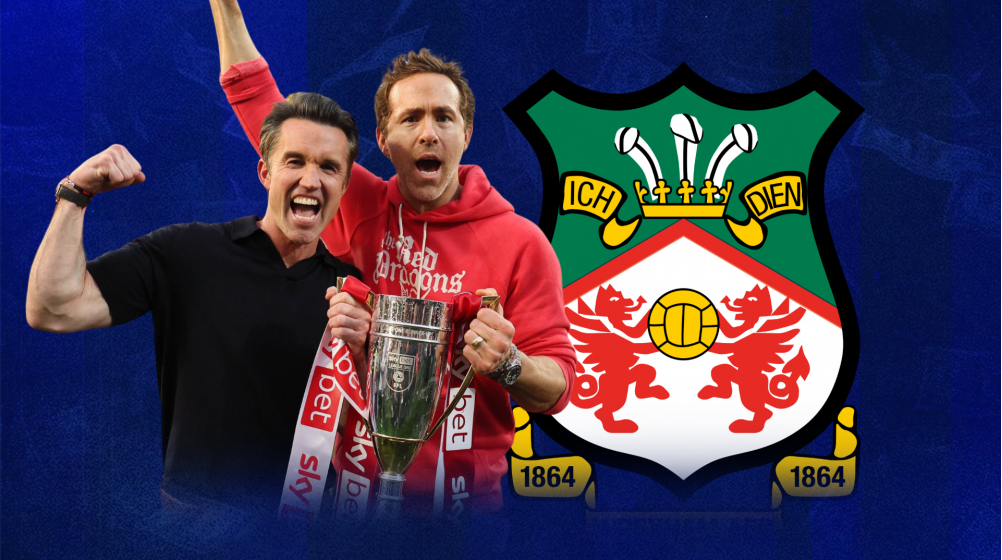€27.33 million already invested

From Hollywood headlines to Championship reality, Wrexham’s ascent through the English football ranks has been remarkable. Supported by actors Ryan Reynolds and Rob McElhenney, the club has transitioned from a non-league narrative into one of the most intriguing projects in global football, now competing in the second tier for the first time since 2005. However, their rise has not been without criticism; many fans from other EFL clubs express frustration over what they perceive as Wrexham’s financial advantage in climbing the leagues, and they are disheartened by the extensive media coverage the club receives due to its famous owners.
But this fairytale comes at a price. Wrexham is currently the highest spender in the Championship this summer, having invested significantly to maintain their upward trajectory amidst stiffer competition. Unfortunately, they have yet to secure a win and currently sit in 19th place after the first three matches. To avoid slipping back to League One, the club hopes that their substantial spending will make a difference. In fact, Wrexham not only leads their division in spending but also ranks 28th globally for net expenditures this summer. The arrival of new players has infused the squad with experience, depth, and quality, indicating that the club’s ambitions extend beyond mere survival.

Breaking Down Wrexham’s Spending
It’s relatively uncommon for the highest spending club in the Championship not to be one that has just been relegated from the Premier League, let alone a team recently promoted from League One. Yet, here we are with Wrexham having disbursed €27.3 million this summer. This is especially noteworthy when comparing it to the expenditures of clubs relegated from the Premier League last season: Ipswich has spent €26.6 million, Southampton has outlaid €11.5 million, while Leicester has refrained from spending anything at all.
Wrexham’s financial commitment stands out not just in the Championship but also globally. As referenced earlier, they sit 28th in terms of net spend worldwide this summer. Remarkably, they have not sold any players for a fee during this period, meaning their net spend mirrors their total expenditure (€27.3 million). This figure exceeds the spending of notable clubs like Chelsea (€23.2 million), Atalanta (€17.8 million), and Porto (€12.8 million). Wrexham has clearly been bold in their financial dealings; the question remains: will this transfer strategy bear fruit?
Investigating Wrexham’s Summer Signings
The club made headlines by breaking their transfer record to sign winger Nathan Broadhead from Ipswich for €8.7 million. The 27-year-old Welsh international had a notable season last year, appearing 18 times in the Premier League for his former club. Broadhead made his debut for Wrexham in a 2-2 draw against Sheffield Wednesday, playing as part of a frontline duo under manager Phil Parkinson. He brings a wealth of experience to the team, having played 63 Championship matches throughout his career. Another significant acquisition for Wrexham is young center-back Callum Doyle from Manchester City, secured for a seemingly reasonable fee of €5.7 million, after successful loan spells in the second tier with Leicester and Norwich.

As depicted in the graphic above, Wrexham could potentially feature up to eight new signings in their starting lineup this season. Kieffer Moore, a recognized name in the Championship, has joined the club from Sheffield United for €2.3 million and has already scored twice. Josh Windass found the net for Wrexham in their first match against Southampton, converting a penalty. Additionally, experienced goalkeeper Danny Ward has been brought in, along with center-back Conor Coady to bolster the defense.
Wrexham has secured midfielder Lewis O’Brien on a permanent deal and has also made a foray into the Italian market by signing left-back Liberato Cacace from Empoli. Most of Wrexham’s acquisitions have been seasoned players familiar with the Championship, a key aspect of the club’s recruitment approach as they ascend through the leagues. While they may bask in a bit of stardust and gain more media attention than many other EFL teams, their progression is a result of a carefully structured recruitment strategy focused on acquiring players who understand the divisions they compete in, a strategy that has proven vital for their success.














Leave a Reply
View Comments